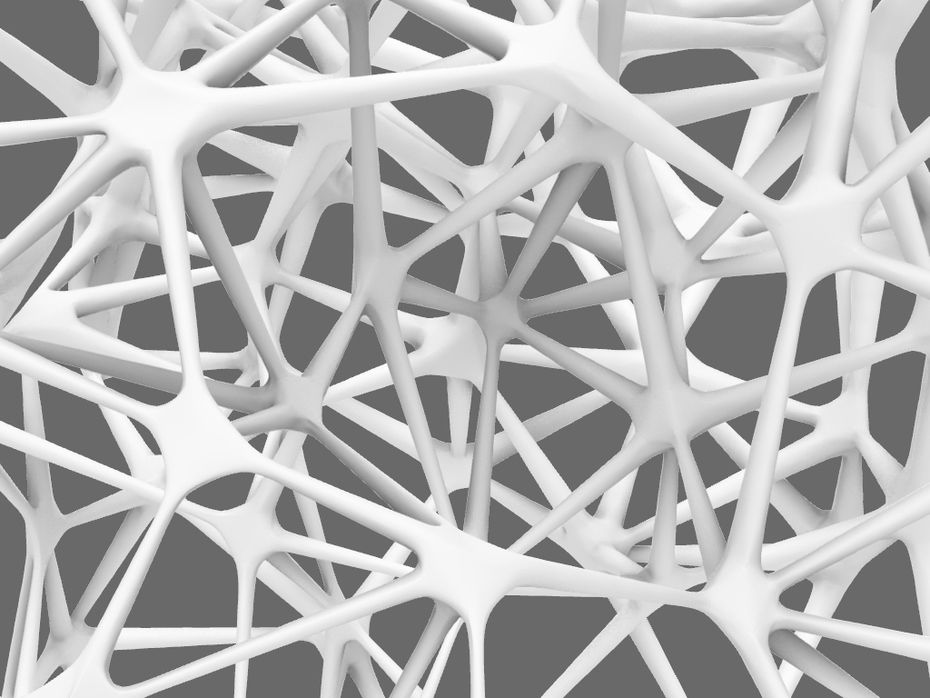Chain extenders are substances that can react with functional groups on linear polymer chains to extend molecular chains and increase molecular weight. It is often used to improve the mechanical properties and process properties of polyurethane, polyester and other products.
Restore and improve the balance of mechanical properties, thermal properties, processing properties and optics by adjusting and controlling the intrinsic viscosity of polyester plastics. It is mainly used for the processing and recycling of polymer condensation polymers such as PET, PBT, PC, PA, TPU and biodegradable materials such as PLA, PBS, PHA, PHB, and PCL.
PET, PBT, PC, PA, TPU and biodegradable materials such as PLA, PBS, PHA, PHB, PCL and other polymer condensation polymers, hydrolysis is the main cause of degradation, resulting in deterioration of material properties, used in a variety of It cannot be recycled when required.
Chainextender active group epoxy group and reactive group of thermoplastic #engineeringplastics (hydroxyl, carboxyl, amino, thioether group) undergo a chain reaction, re-coupling degraded molecular chains in the process of synthesis, processing, repeated processing and recycling, Increase the weight average molecular weight, thereby improving, restoring or partially restoring the performance of the material, making the performance of recycled plastics close to that of virgin materials.
When using simple processing equipment and adding coace Ks-05, polycondensation resin with low intrinsic viscosity IV will increase IV20-40%, and produce the following effects: increase molecular weight, increase melt viscosity ; can maximize the molecular weight and branched chain structure; improve the stability of hydrolysis; improve the processing stability of regranulated and recycled materials; improve the melt strength and increase the productivity of film blowing; Inter-compatibility; shorten the polymerization time in the PET polymerization process.












